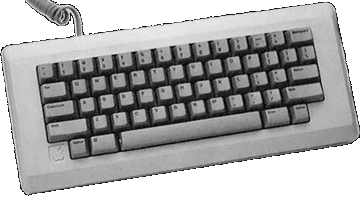Company History: 1996-1997
NOTE: The Company History section is no longer actively maintained, though it is accurate through 2004. For a more detailed (and current) history of the company, can be found at Wikipedia

Amelio made a strong effort to bring Apple back to profitability, but his efforts would prove to be largely unsuccessful. Following his first 100 days as CEO, Amelio announced broad changes in the corporate structure of the company. The company was to be split into 7 separate divisions, each responsible for its own profit or loss. He has also made an effort to keep developers and customers better informed about the day-to-day affairs of the company. Although the company announced a staggering $740 million loss for Q1 1996, they brought that loss down to $33 million for Q2, beating all estimates by the best financial experts. In Q3 Apple profited nearly $30 million, again astounding financial experts, who had predicted a loss of as much. (Apple lost considerably more in Q4.)
In late december 1996, Apple made an industry-shattering announcement that it would be acquiring NeXT, and that Steven Jobs would be returning to the fold. The merger was brought about in order to acquire NeXTstep, which was to become the basis for Apple's next-generation OS, Rhapsody, which was slated for a 1998 release.
The Newton department was spun off into a wholly-owned subsidiary, Newton, Inc.
In early July 1997, Apple announced the resignation of Gil Amelio, following another multi-million dollar quarterly loss. This came as a surprise to nearly everyone, and at this time a new CEO has yet to be announced. The Executive Board reportedly felt that Amelio had done all he could for Apple, and that while he had been responsible for a number of improvements at Apple, he could do no more. In the meantime Fred Anderson, Apple's CFO, has been put in charge of day-to-day operation, and Steve Jobs was given an "expanded role" at Apple for the interim.
